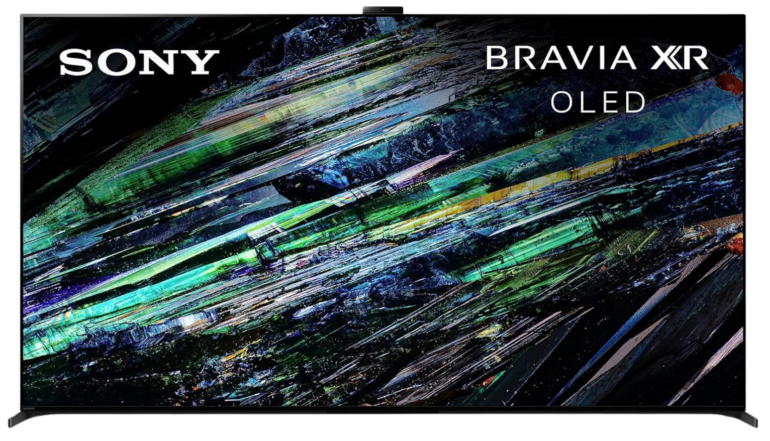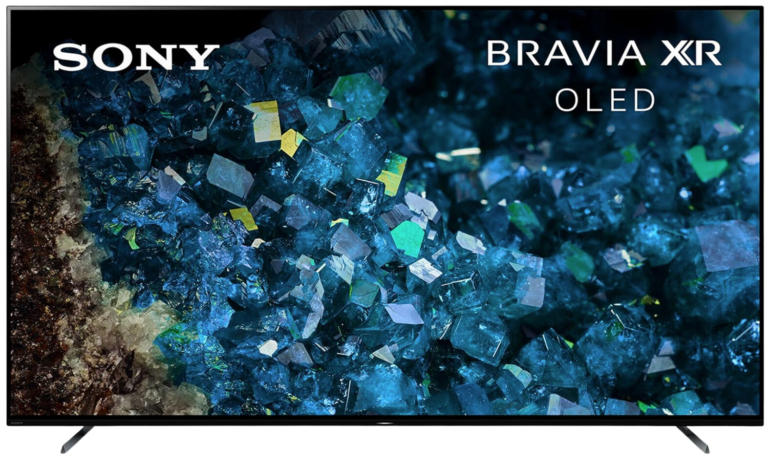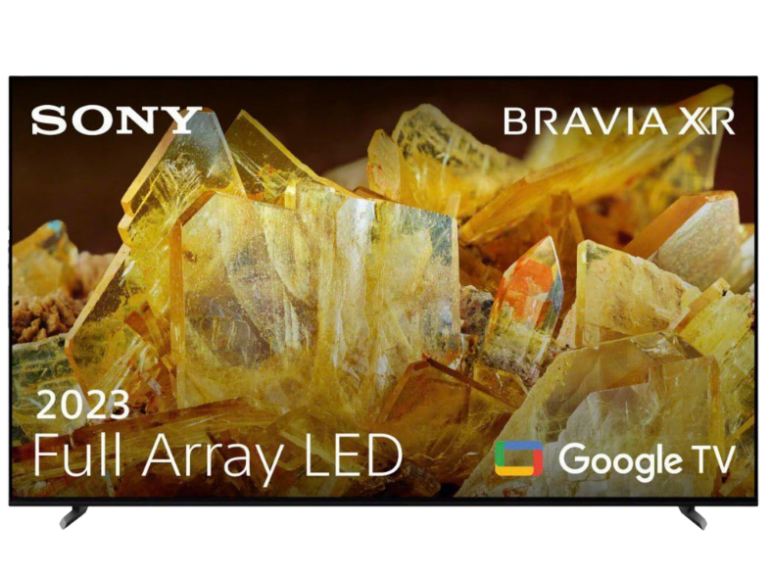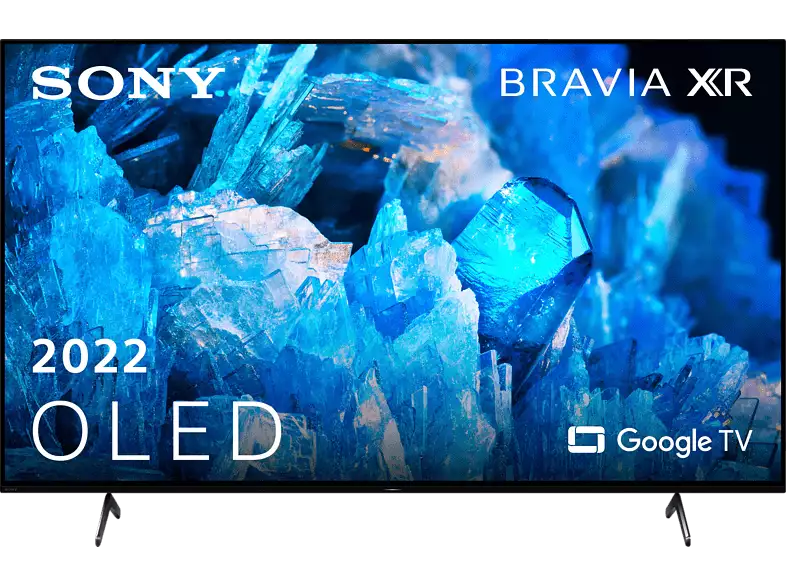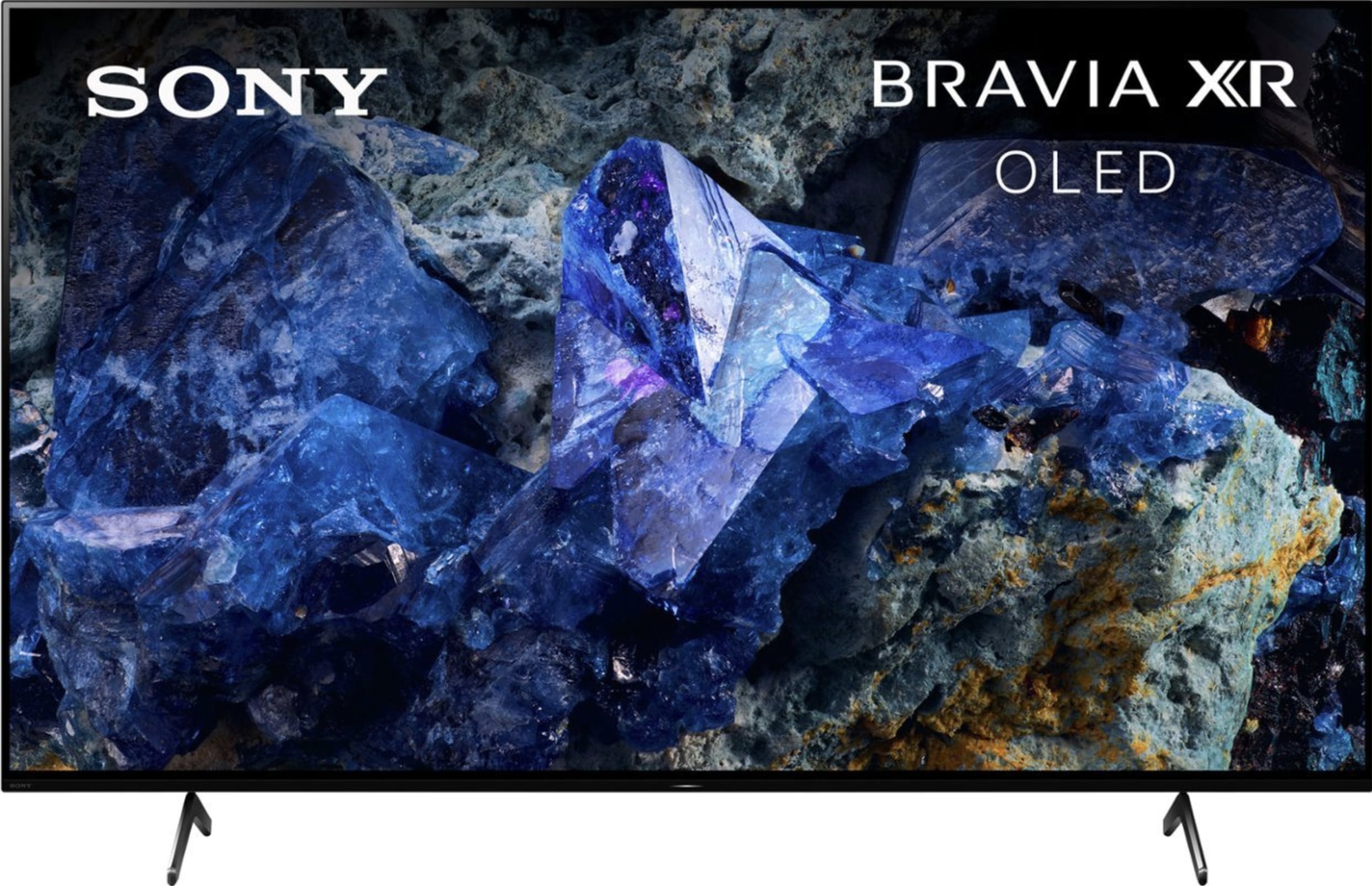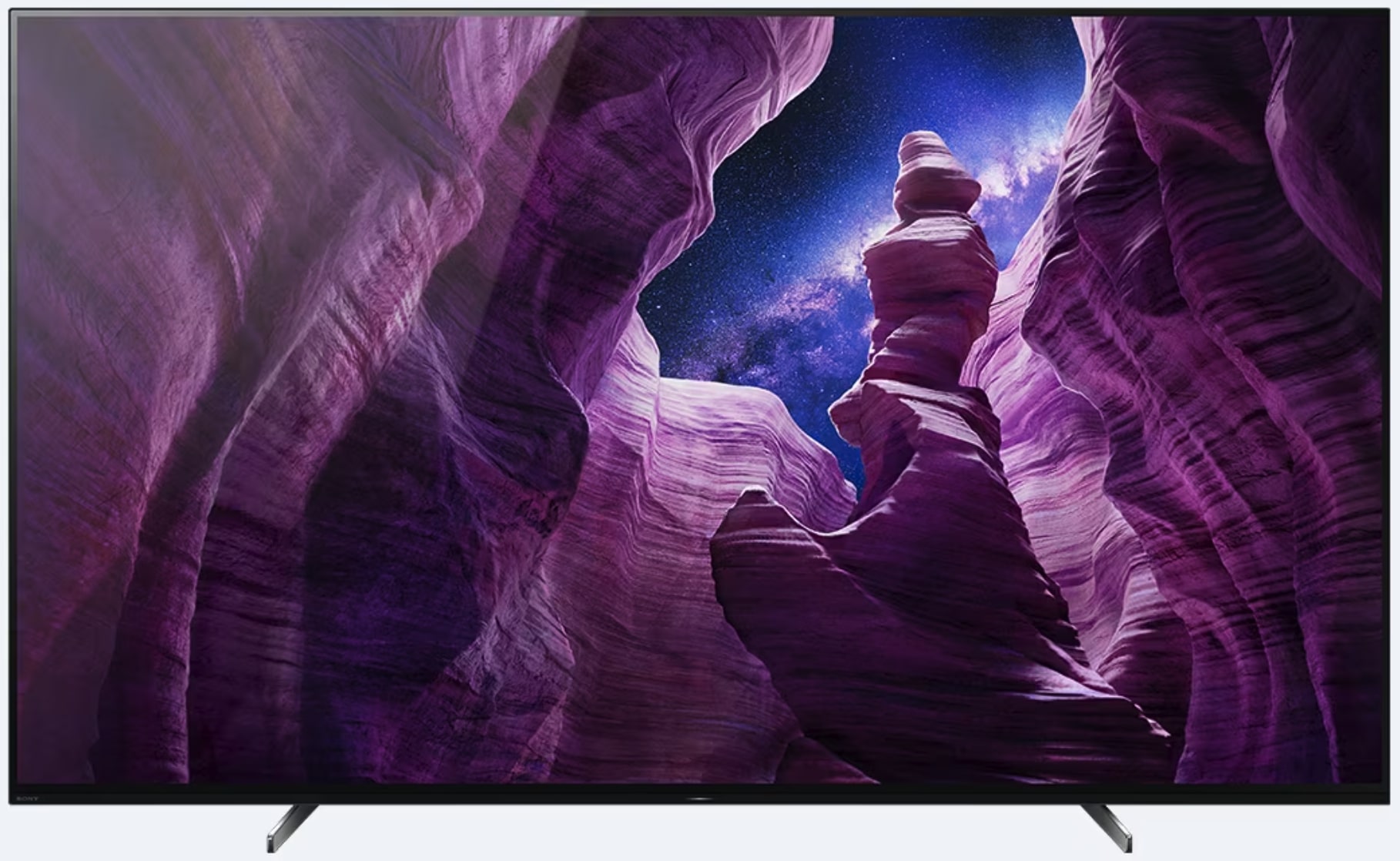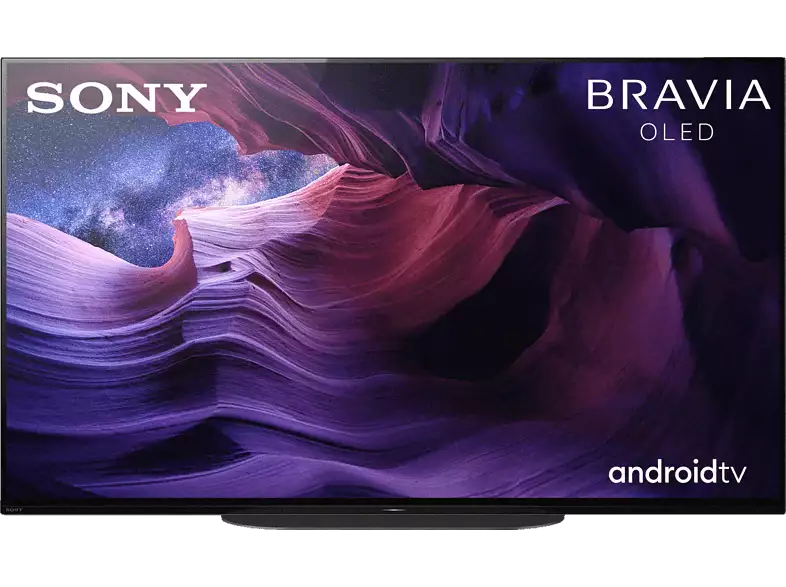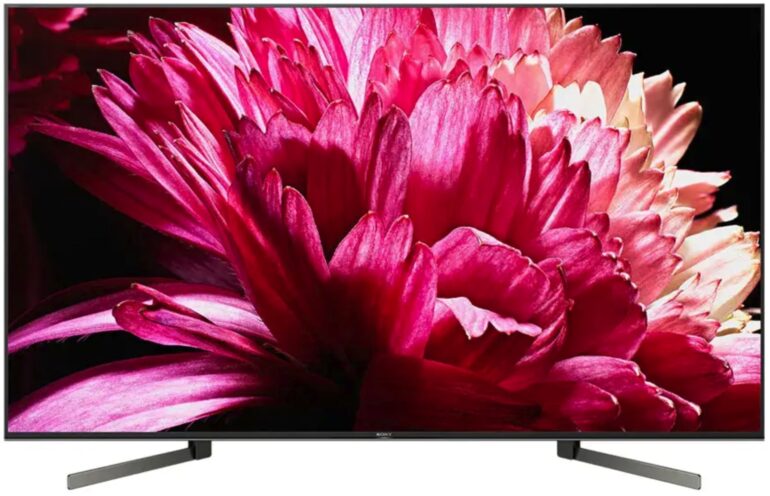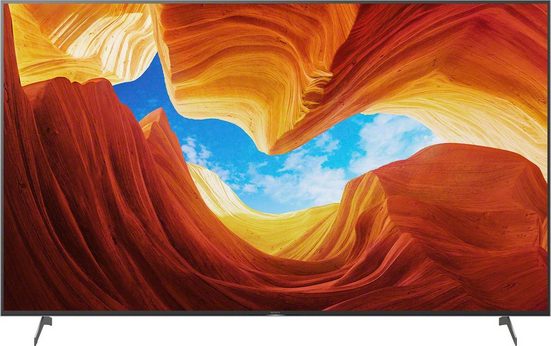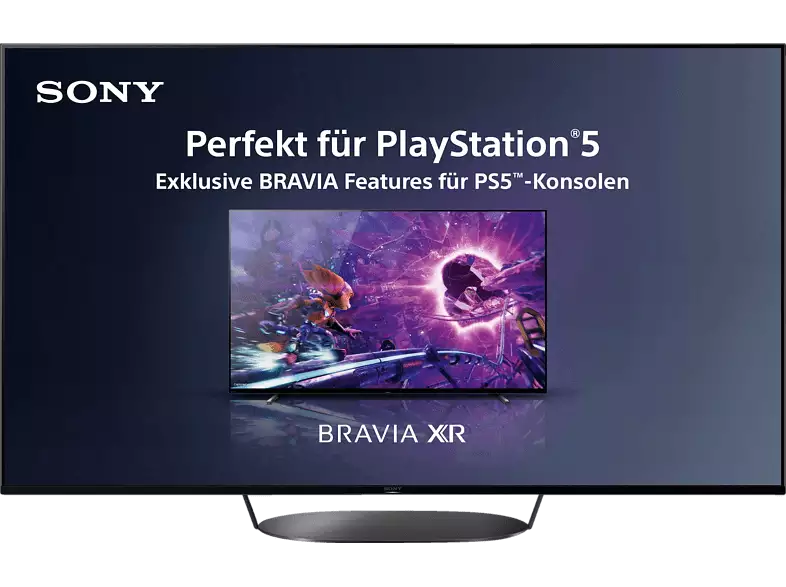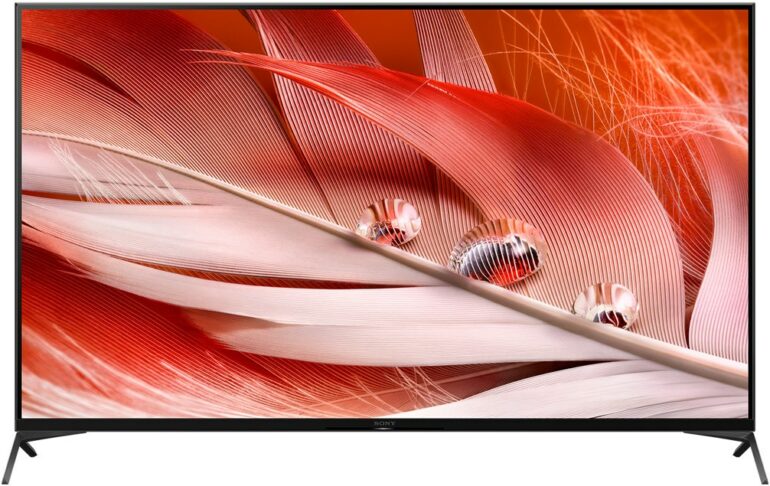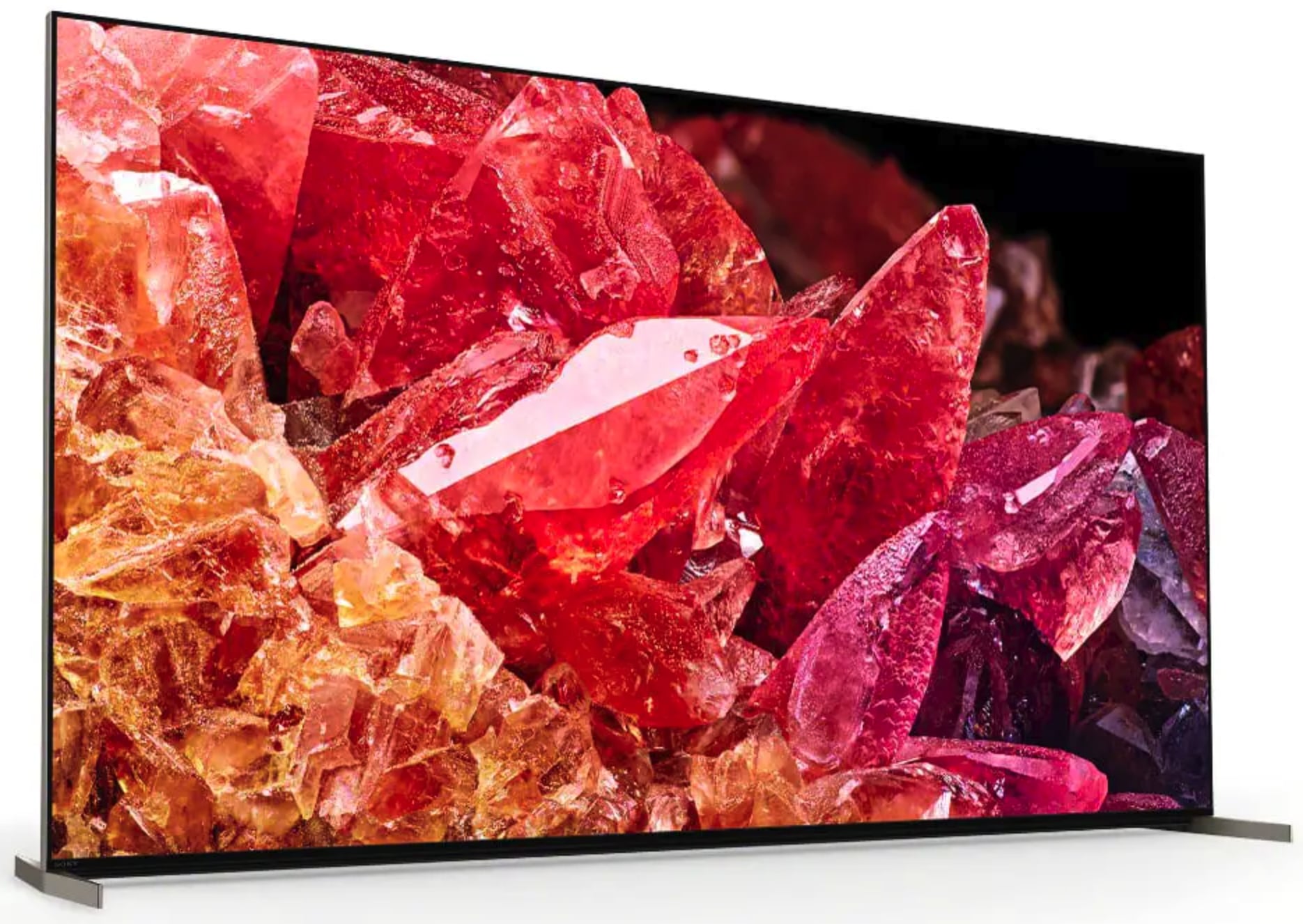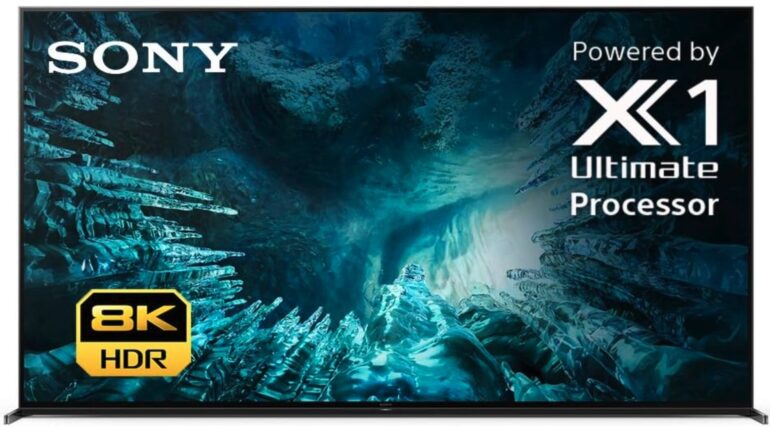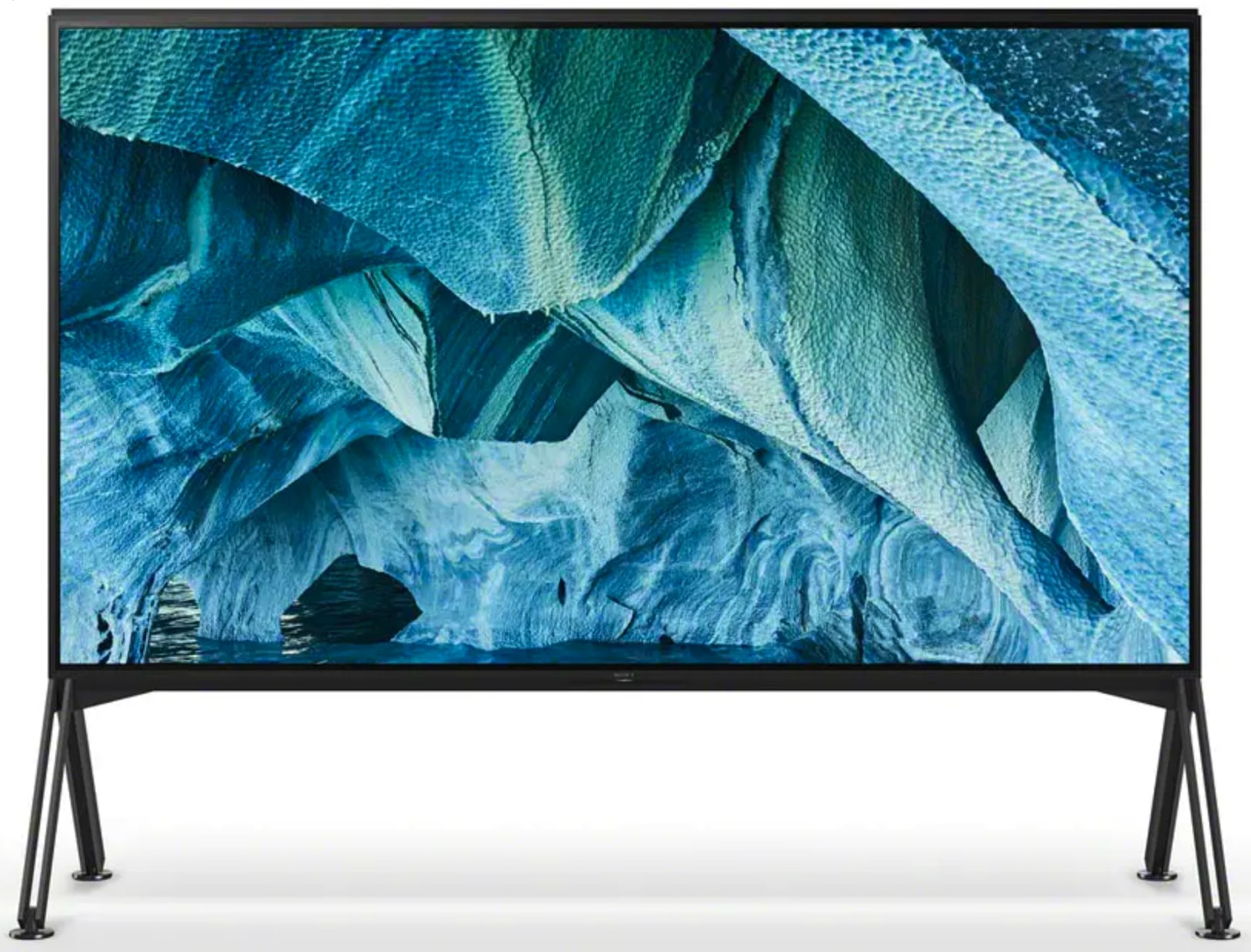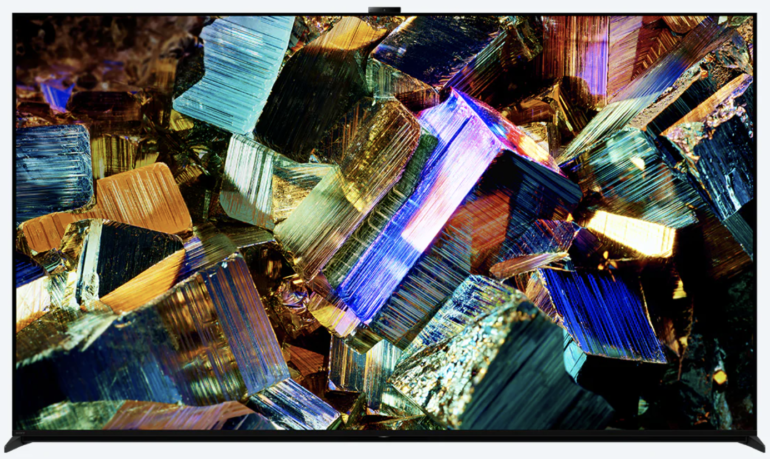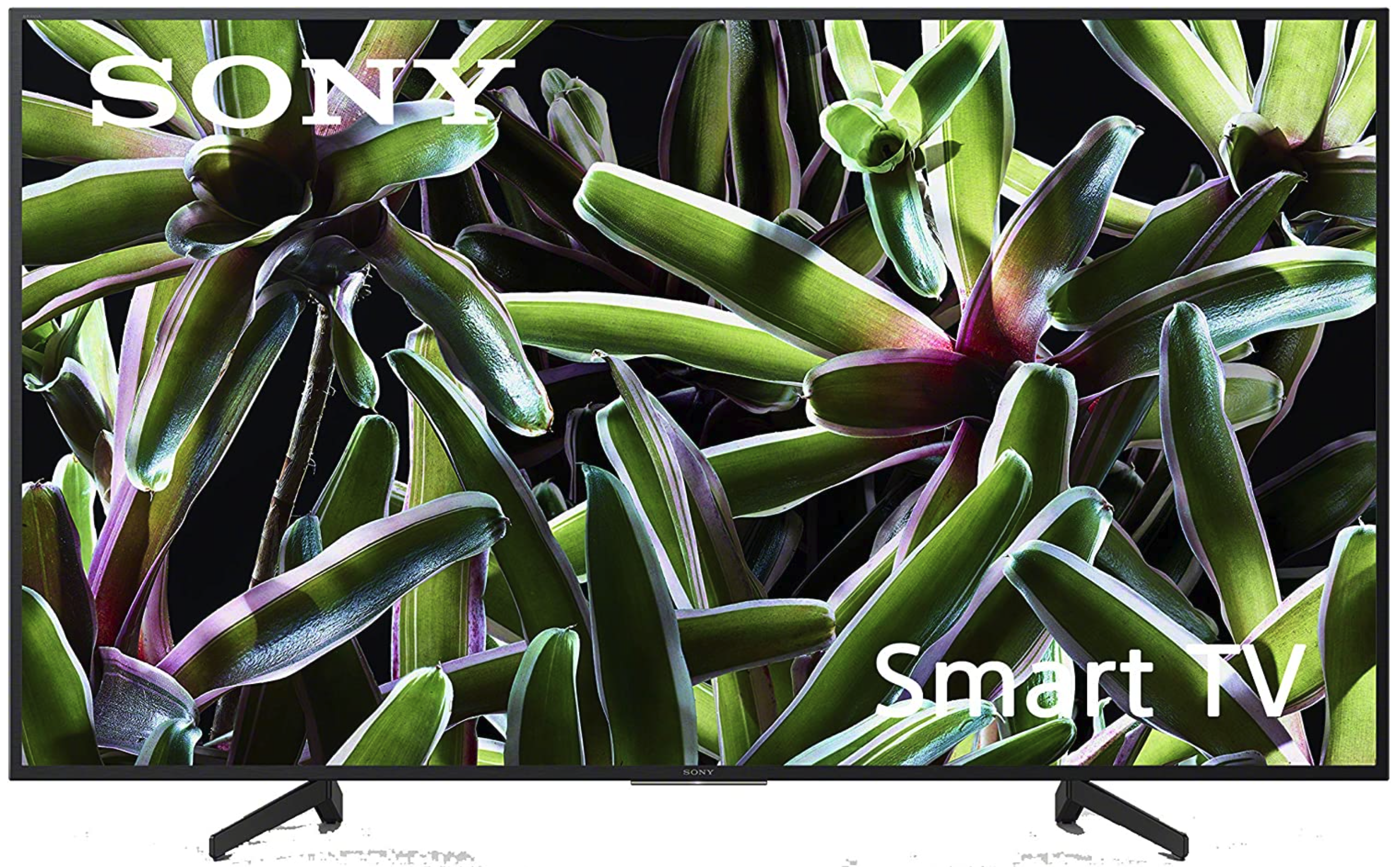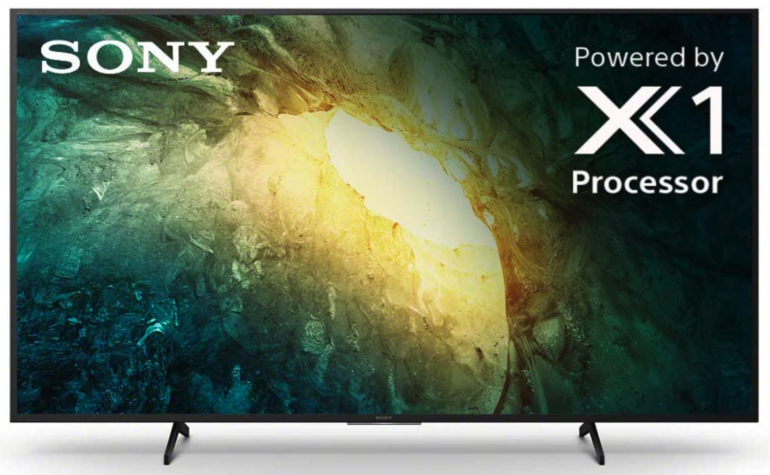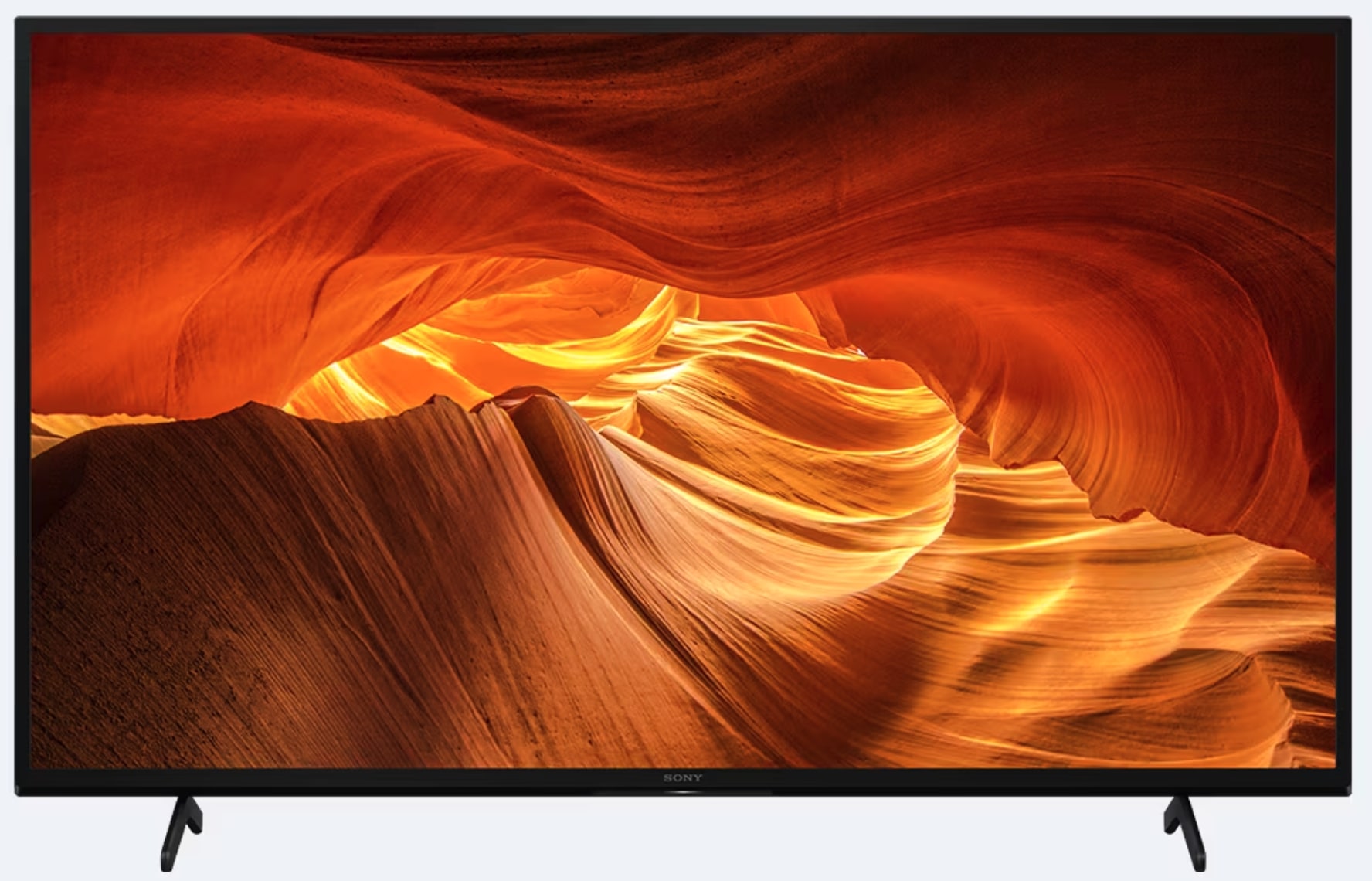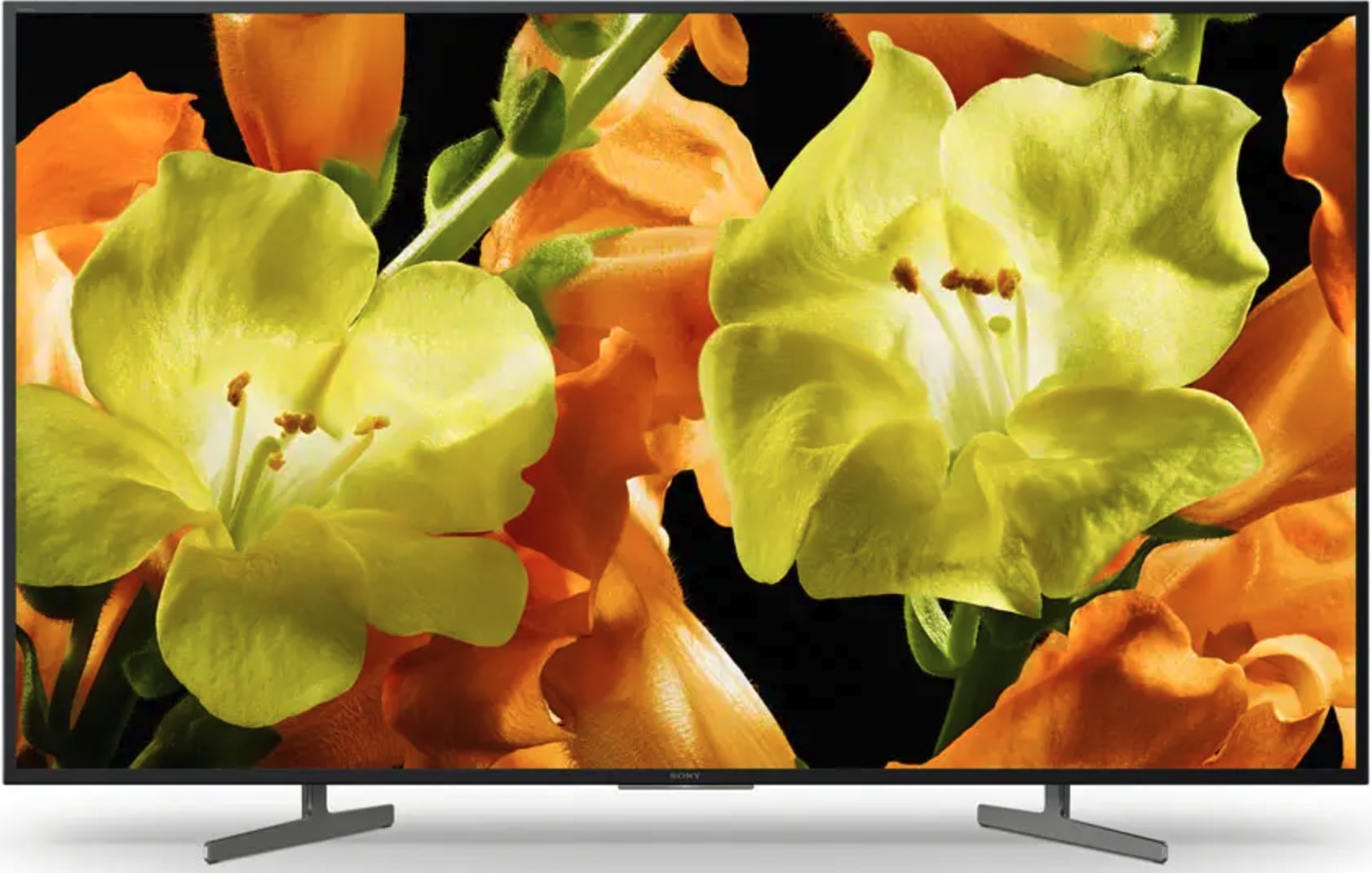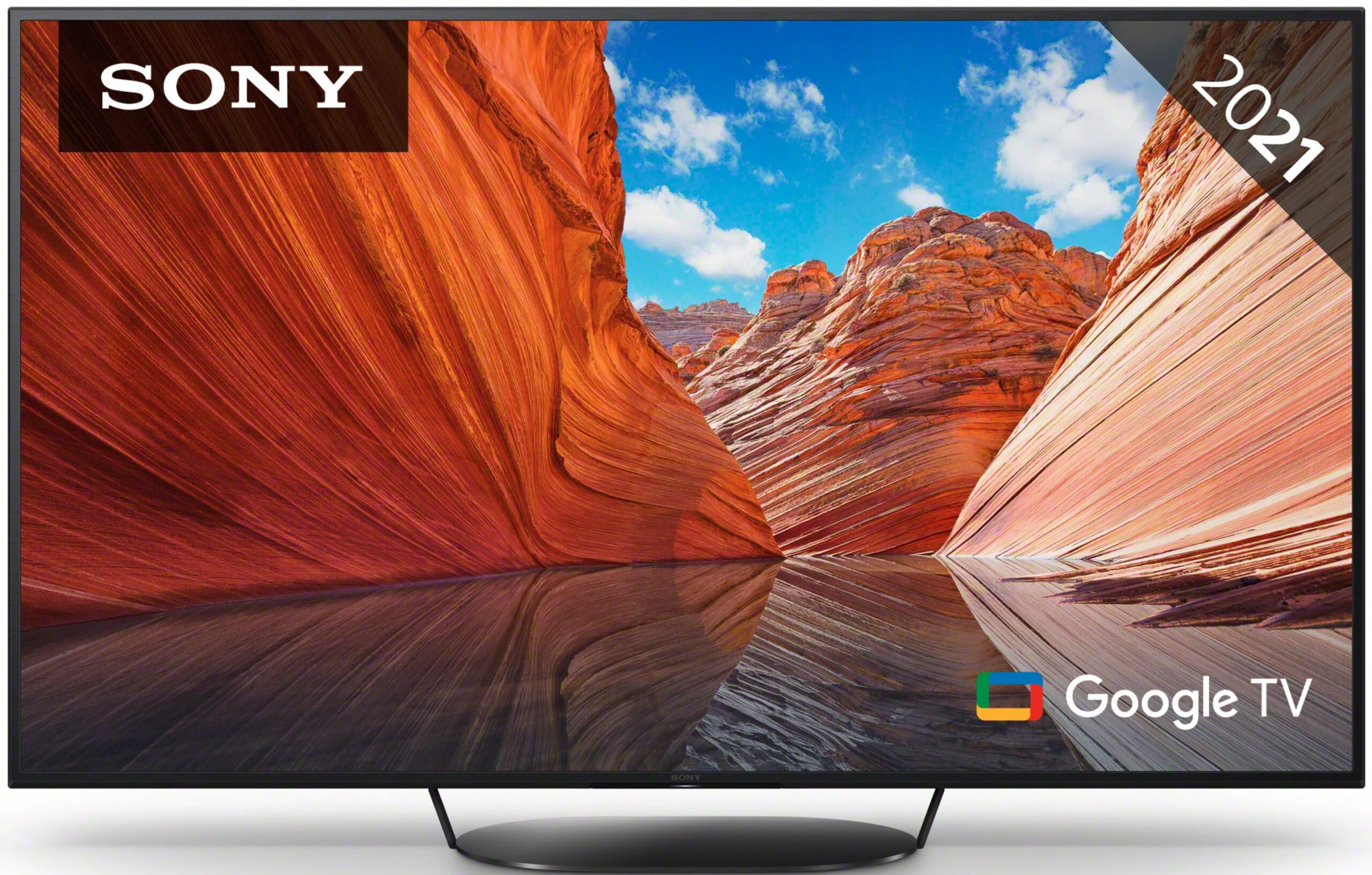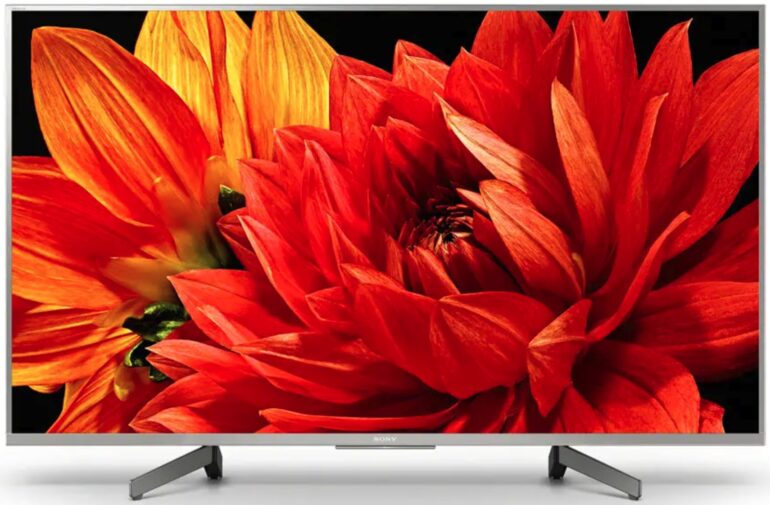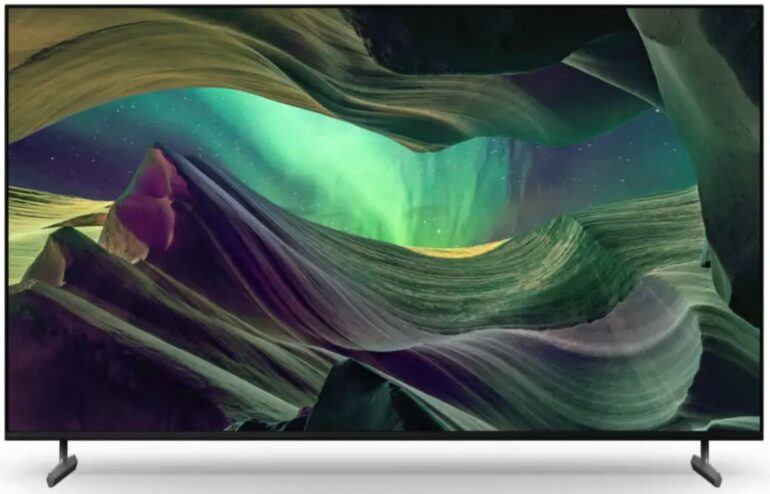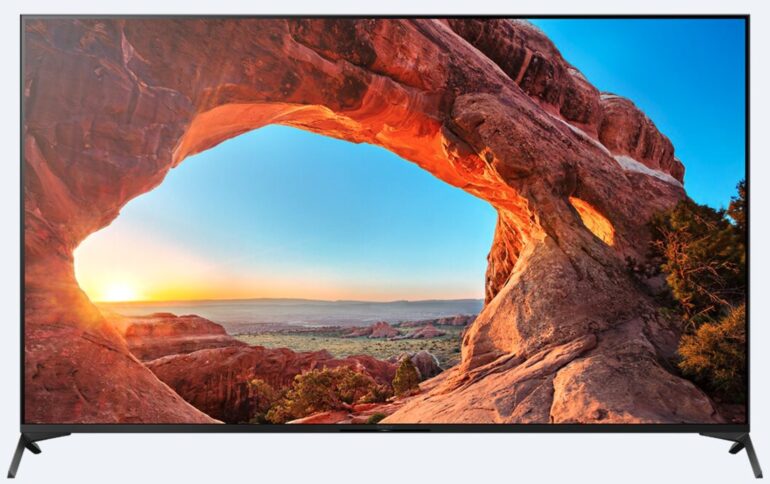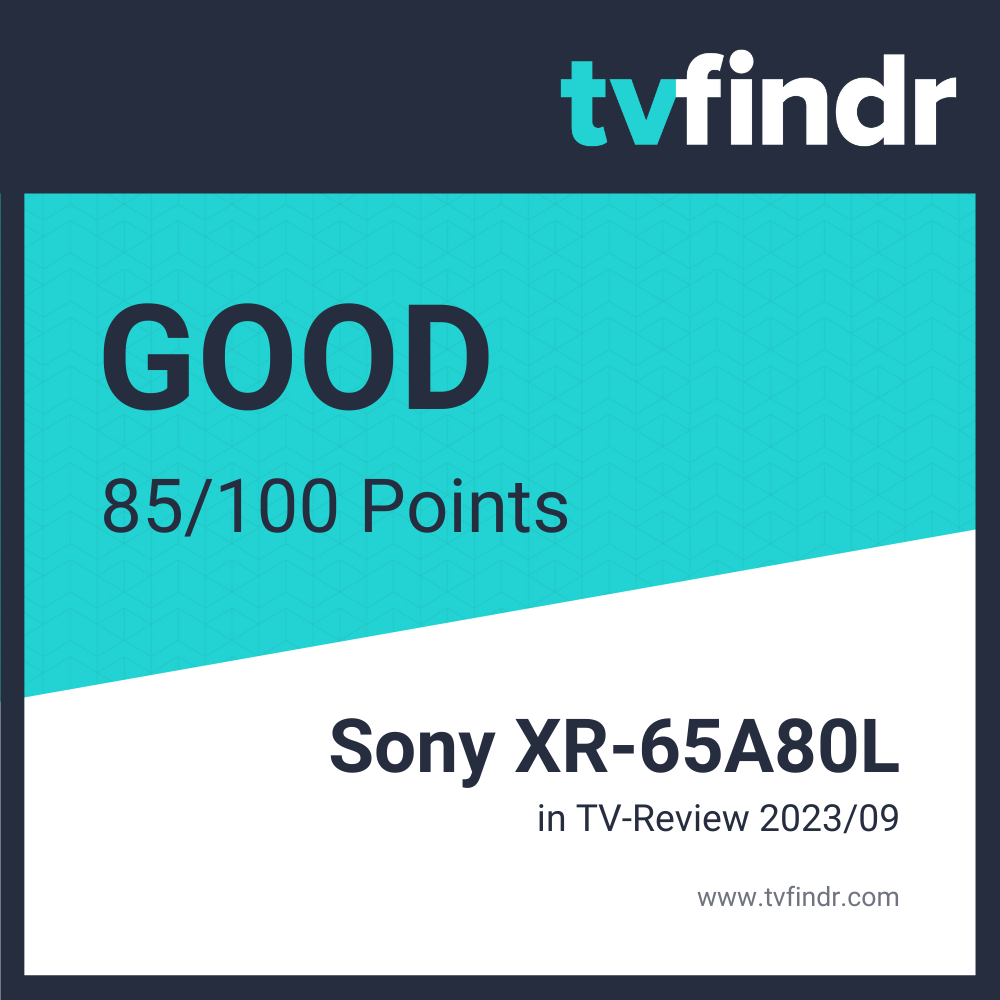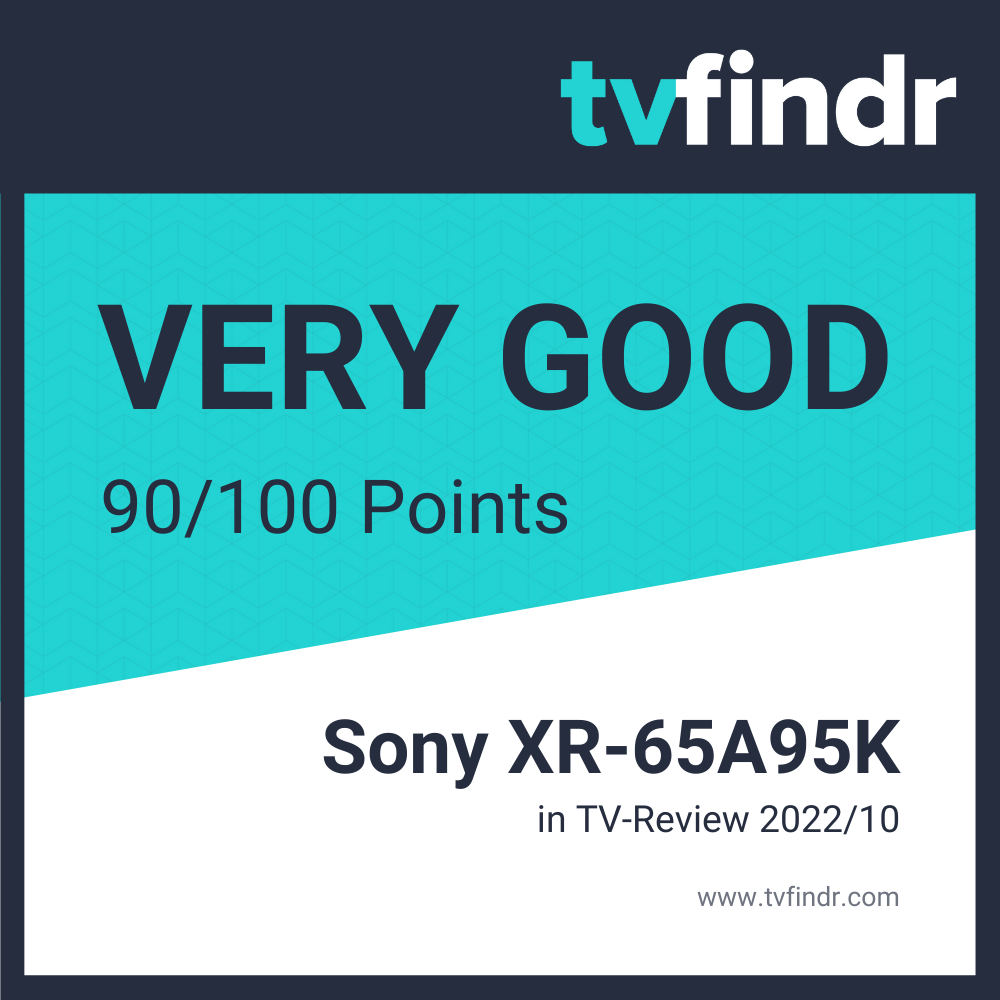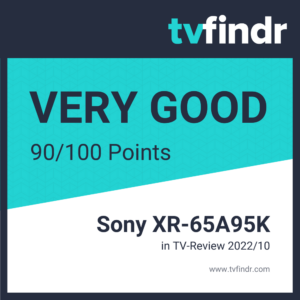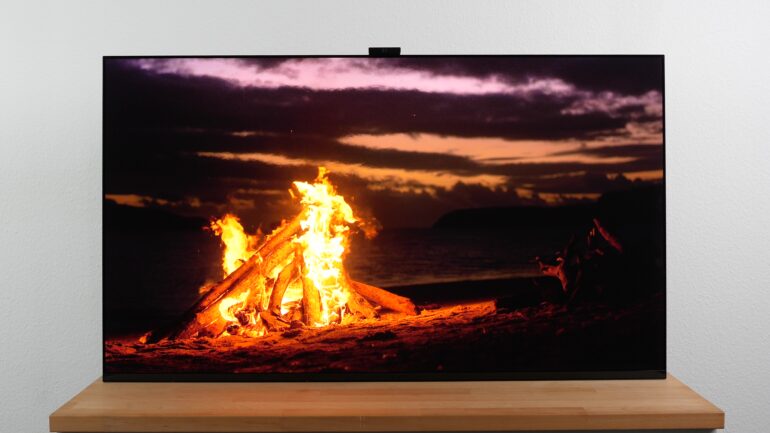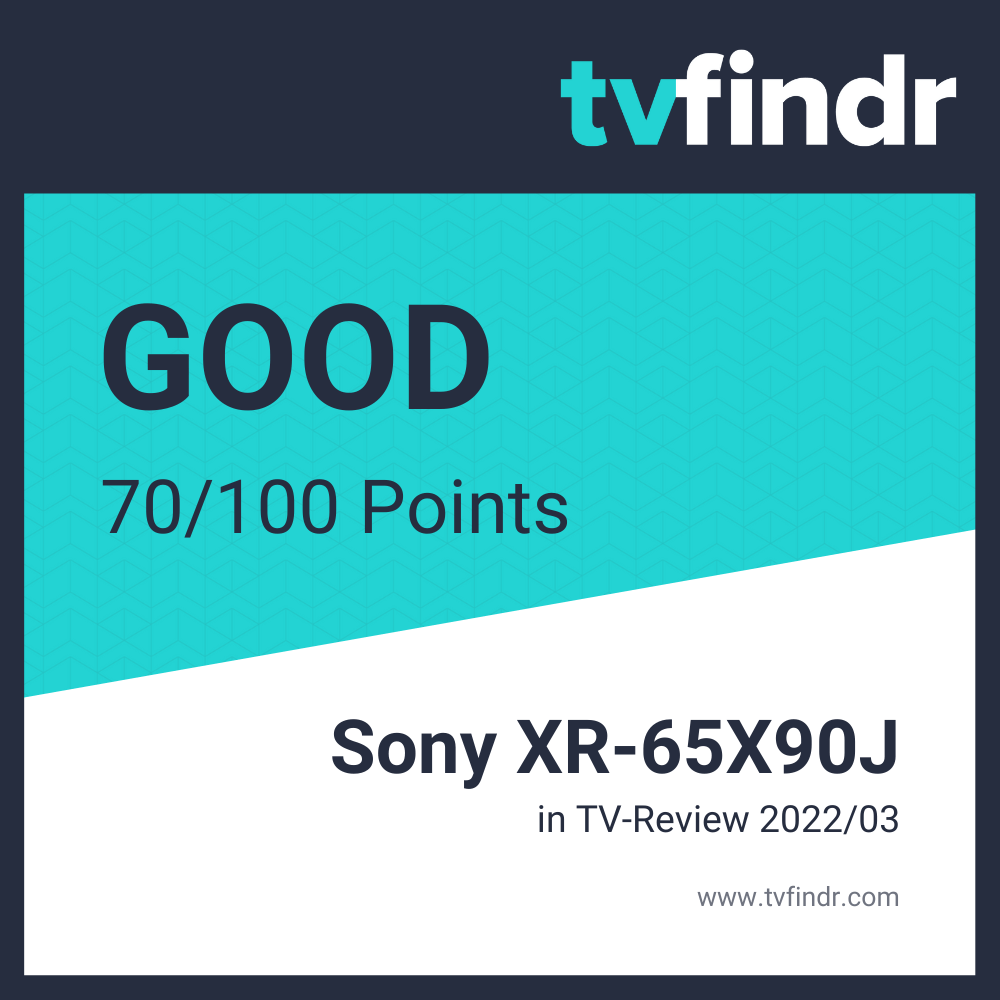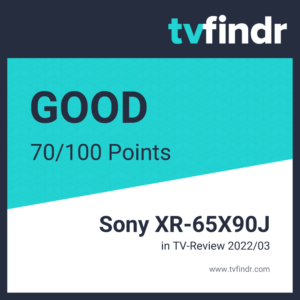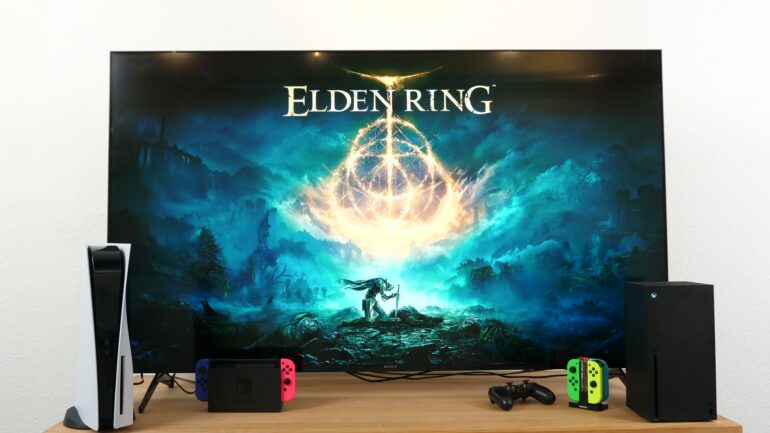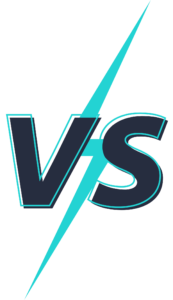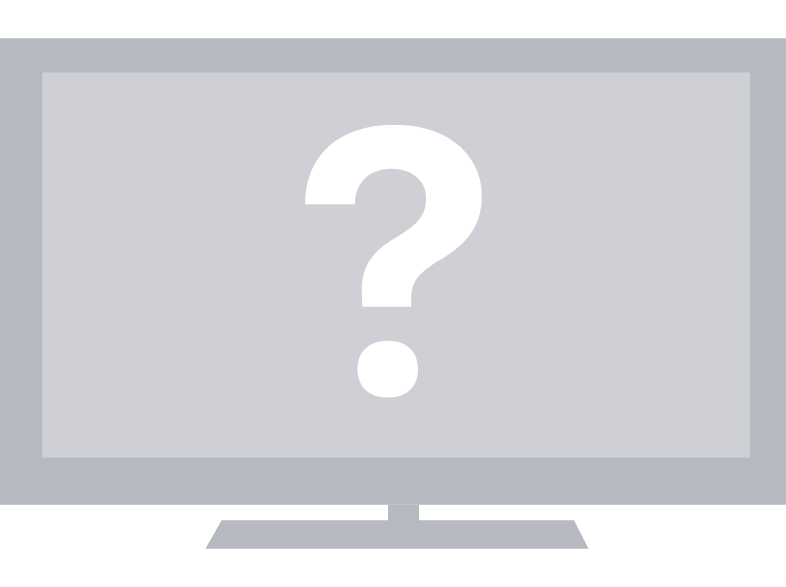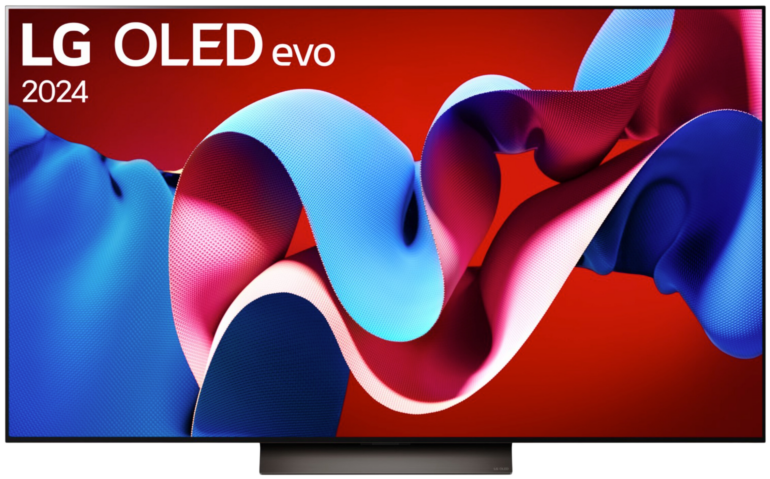Sony is generally known for trimming its – sometimes rather small – portfolio in the top range especially in the aspect of picture optimisation. First and foremost, this often ensures improved colour fidelity and makes the Japanese manufacturer’s TV devices especially interesting for demanding people who watch a lot and home cinema enthusiasts that prefer the fullest possible cinema experience with high colour precision. In addition, there is a wide selection of different HDR formats. Higher-priced models are often labelled with the IMAX Enhanced badge as well.
In terms of price, you typically pay for these elements starting from mid-range upwards. Compared to the competition, models made by the Japanese manufacturer are often a few euros more expensive at the dealer and less often feature attractive price reductions. This can quickly add up to a few hundred euros that Sony charges.
Despite the stricter pricing policy, you will not see such models on the top shelf when the topic of peak brightness comes up. This applies equally to OLEDs as well as backlit LED models. In total, the capacity is usually sufficient to display HDRHigh Dynamic Range – image/video with more dynamic range (contrast range) content with the necessary brilliance, but devices from other manufacturers regularly place themselves further ahead.





